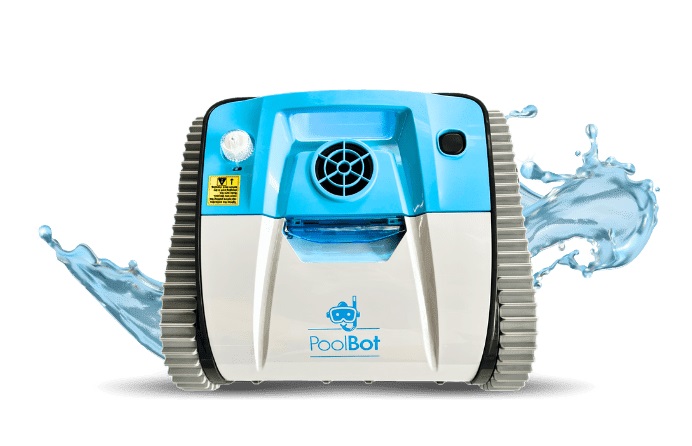
Maintaining a pristine pool requires more than just crystal-clear water; it demands consistent cleanliness and balanced chemistry. This is where robotic pool cleaners come into play, revolutionizing the way pool owners approach maintenance. But do these high-tech devices actually improve water quality in your pool? Let’s dive into the details.
The Mechanics of Robotic Pool Cleaners
Robotic pool cleaners are autonomous devices that move around the pool, scrubbing surfaces and vacuuming debris. They are equipped with advanced sensors and powerful motors, allowing them to navigate efficiently and clean thoroughly. These devices typically feature brushes, filters, and suction mechanisms designed to tackle dirt, algae, and other contaminants.
Key Benefits of Robotic Pool Cleaners
- Efficient Debris Removal Robotic pool cleaners excel at removing debris, both large and small. Leaves, twigs, and even fine particles like sand and dust are no match for these machines. By effectively capturing debris, they prevent it from breaking down and affecting water quality.
- Enhanced Circulation Poor water circulation can lead to stagnation and uneven distribution of chemicals, fostering the growth of algae and bacteria. Robotic cleaners help enhance water circulation by continuously moving and stirring the water as they clean, promoting a healthier pool environment.
- Thorough Surface Cleaning Traditional cleaning methods often miss spots, leaving behind residues that can affect water quality. Robotic cleaners are designed to cover every inch of the pool, including walls, floors, and even the waterline. Their systematic approach ensures that surfaces are scrubbed clean, reducing the presence of algae and biofilm.
- Improved Filtration Many robotic pool cleaners come with built-in filtration systems that capture fine particles and contaminants. This supplementary filtration can lighten the load on your pool’s primary filtration system, leading to cleaner water and less frequent filter maintenance.
- Chemical Balance Support Consistent and thorough cleaning reduces the organic load in the pool, which in turn can help maintain a more stable chemical balance. By minimizing the amount of debris and contaminants, robotic cleaners reduce the demand for chlorine and other chemicals, contributing to safer and more comfortable swimming conditions.
The Impact on Water Quality
The primary way robotic pool cleaners improve water quality is by reducing the number of contaminants that can affect chemical balance and clarity. Algae, dirt, and organic matter are common culprits that degrade water quality. By effectively removing these elements, robotic cleaners help maintain clear and healthy water.
Additionally, the enhanced circulation provided by these devices ensures that chemicals are more evenly distributed throughout the pool. This can prevent areas of high or low chemical concentration, which are often breeding grounds for bacteria and algae.
Considerations and Best Practices
To maximize the benefits of a robotic pool cleaner, consider the following tips:
- Regular Maintenance: Clean the filters and brushes of your robotic cleaner regularly to ensure optimal performance.
- Appropriate Model: Choose a model that suits the size and type of your pool for the best results.
- Supplementary Care: While robotic cleaners are highly effective, they should be used in conjunction with other maintenance practices like regular chemical testing and balancing.
Conclusion
Robotic pool cleaners are more than just a convenient gadget; they are a valuable tool in maintaining superior water quality in your pool. By efficiently removing debris, enhancing circulation, and supporting chemical balance, these devices help create a cleaner, healthier, and more enjoyable swimming environment. Investing in a swimming pool robot vacuum cleaner can lead to long-term benefits, saving you time and effort while ensuring your pool water remains invitingly pristine.